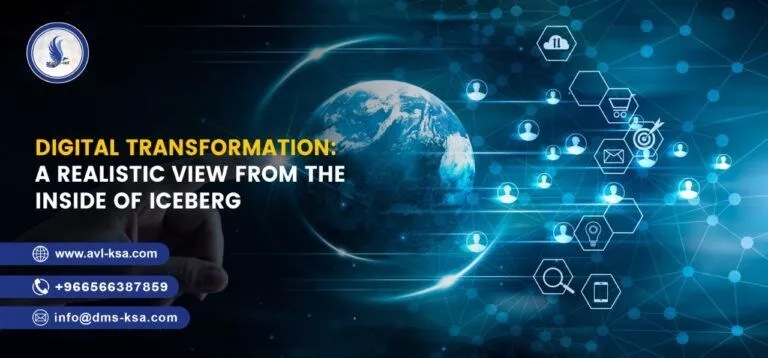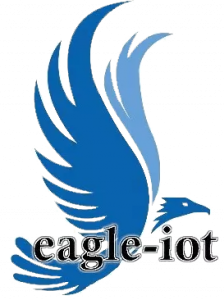Digital Transformation: A realistic view from the inside of Iceberg

Many businesses are undergoing extensive transformation initiatives, integrating the internet of things on an enormous scale and harnessing the power of data to either capitalize on these trends or just to stay up with rivals as digital technologies significantly disrupt industry after industry. However, based on this year’s statistics, less than 30 percent succeed. Why do enormous IoT projects fail? Digital transitions are much harder. The biggest setback in IoT adoption for organizations isn’t in installation; it’s when they attempt to broaden their operations. What works or tests well on a local/smaller scale frequently breaks apart when firms try to execute it on a broader scale (regionally, worldwide, or in other parts of the business) which not only results in monetary loss but substantial time When it comes to growing IoT, one of the several challenges faced by organizations involves the incorporation of additional devices into their current setup which demands the proper management of IoT solutions, IoT devices and justifying ROI to explain and control project expenses. Before deploying IoT for scalability it’s important to evaluate the following pressing questions:
· What to expect after implementing IoT solution?
· How the IoT solutions will be managed?
· Will the operations be expanded in the future?
· How the entire project life cycle will be managed?
Deploying IoT-based solution into a business requires ongoing after-service participation from third-party solution providers. While challenges are certain to develop at some point throughout the project’s lifespan, careful preparation for them will ensure little disruption. It is better to determine upfront, how the issues can be managed remotely or what kind of security protocols needs to be implemented
Once the IoT fleet solution is implemented, chances are an organization might want to expand the implementation of solution to other dimensions. But before having a strong foothold, one needs to ensure can it be easily integrated with the existing interface or API.
Successfully connecting and installing hundreds or thousands of IoT devices involves competence in procurement, certification, mobile device management, testing and logistics. Most businesses lack all of the essential resources.
Eagle-I is an IoT managed service provider who not only has the infrastructure to provide connection, wireless management, and network administration using software-defined networking technologies but also manages mobile device, their testing, logistics, certification which can aid in the speedier deployment of scalable IoT projects with a lower total cost of ownership


